The use of Through-the-Lock forcible entry has been looked at mainly for use during non-emergency or non-priority calls. Typically, it’s for the fire alarm or medical alarm with no key holder on scene; we want to make access but not create a lot of damage. With enough training and practice, using Through-the-Lock techniques can be faster and just as adequate as conventional forcible entry. When we perform fire ground or emergency scene tasks, we have to plan on contingencies. By starting with our Plan A and working down the line to B, C, and so on, we can successfully accomplish the task.
We were dispatched for a Commercial Structure Fire, Water Flow Alarm at a small commercial strip center around 1 am. The strip center was located a short distance from its’ first due firehouse which housed an engine, rescue, and battalion chief. All three units arrived in less than four minutes and positioned on the C/D corner near the FDC and riser room with “nothing showing” from the exterior. The battalion chief made a 360 size up as the engine set up on the FDC and gained access to the Failsafe key box. The chief’s 360 didn’t show any signs of fire in any of the businesses with the exception of water flowing under the rear door of the D side end unit, which was a restaurant.
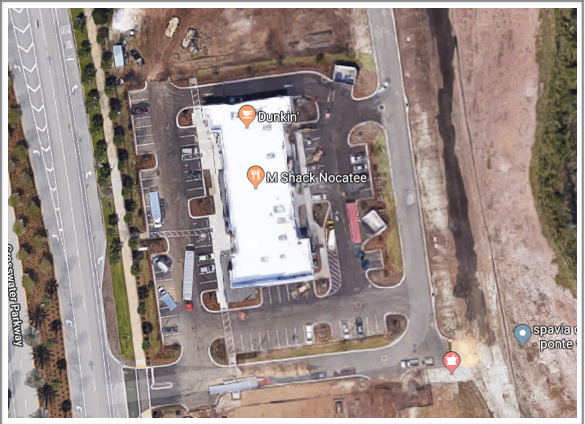
Upon our arrival, we were assigned to make entry to the A side of the unit with water flowing out the rear door. The battalion chief reportedcrews found smoke in the Riser room with no indication of its origin. The first due engine and rescue were teamed up to force entry to the rear and stretch a line. Once they had a line in place, they began conventional irons work after the building key wouldn’t work, due to a key broken off in the keyway. We positioned on the A side and began our size up from the street. We had a strip center with no signs of fire and a typical front door set-up of a double aluminum framed glass door and an Adams-rite pivoting deadbolt with a mortise cylinder. What you will usually find is a hook shaped throw on the deadbolt that “catches” into the other door, or the other door will have flush bolts that extend into the frame at the top and bottom.
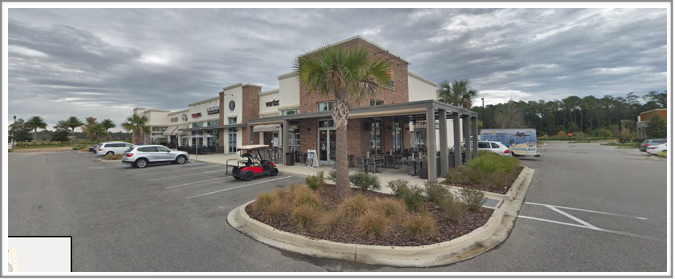
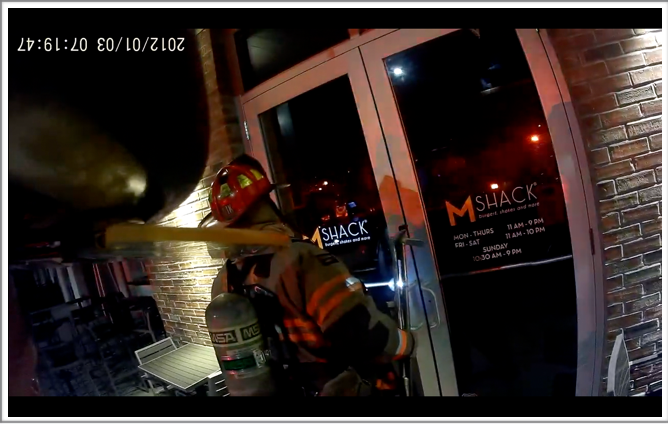
After confirming we had the correct unit and locked door, we decided on Through-the-Lock techniques. We came to the door with Plans A – C. Plan A included using a pair of modified Channel locks to spin out Mortise cylinders. To spin out the mortise cylinder the following steps were performed:
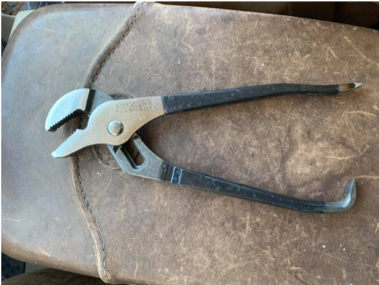
1. We grabbed the cylinder face and spacer with the pliers and maintained a firm grip.
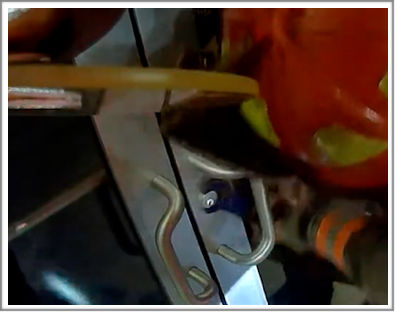
2. We spun the cylinder approximately a quarter turn clockwise, this broke the set screw and allowed the cylinder to spin freely.
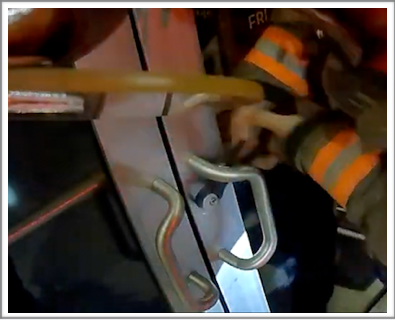
3. After the set screw was broken, we were able to spin the cylinder out of the lock body by hand in a counter-clockwise direction until it was removed.
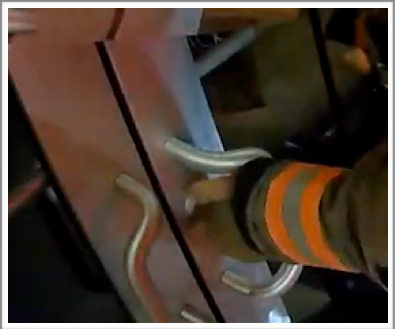
4. We spun the modified channel locks around and used the handle to manipulate the lock and throw the deadbolt.
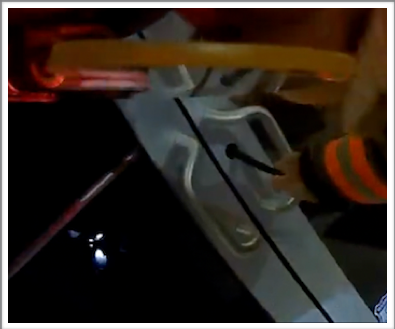
5. We opened the door and walked in.
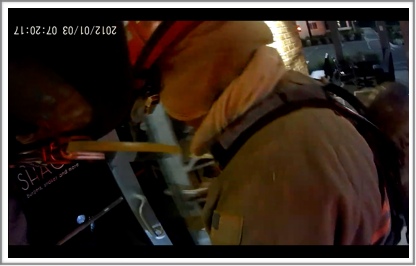
Our Plan A was successful on this door, but we understand that things don’t always go as planned. Having a backup plan and/or multiple options will help you maintain smooth operations. Our Plan B was to use the Rex Tool to pull the cylinder. Our Plan C was to use the K-12 rotary saw our driver brought up into a gap created by the Halligan. Plan D would have been to attempt conventional forcible entry with the irons.
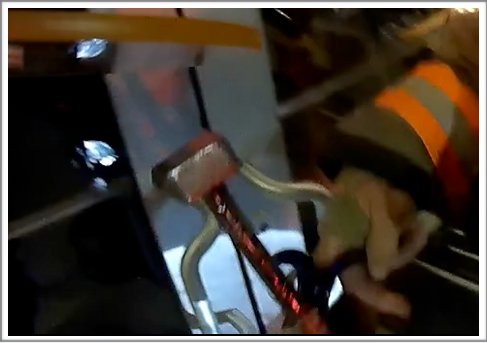
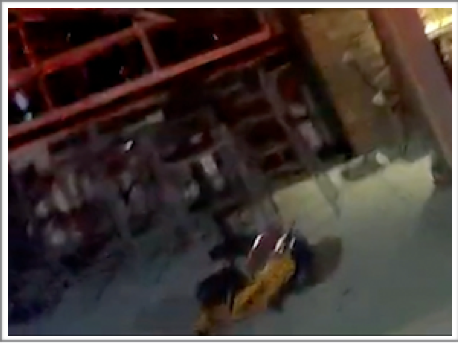
After we made entry, we made the back kitchen of the restaurant and found cold smoke floor-to-ceiling with a sprinkler head activation. We were then met by the first arriving units and their hose line. We found fire using the thermal imager near the ceiling and the line made quick work of it. The first arriving units spent a few minutes on a tough rear door where Through-the-Lock got us access in about 15 seconds. All responding units arrived geared up and ready to work with tools and in a mindset that we were going to a fire, even with the report of nothing showing. Training and practice in techniques like Through-the-Lock prove its advantage on the fire ground.

About the author:
Jeffrey Mrwik, is a 16 year career fireman/student of the fire service and is currently a Lieutenant on Squad Company 17 with St. Johns County Fire Rescue. Squad 17 responds to all vehicle entrapments and working fires in the 1st Battalion and for the RIT assignment to a large portion of the county. Jeff instructs for his department and at regional conferences including Orlando Fire Conferece, Ft. Lauderdale Fire Expo, and Metro Atlanta Firefighters Conference. He is also a H.O.T. instructor with VentEnterSearch, LLC.

An interesting article and the photos are great in helping to get the point home: that you could enter without abundant damage to the door or building.
Thanks!